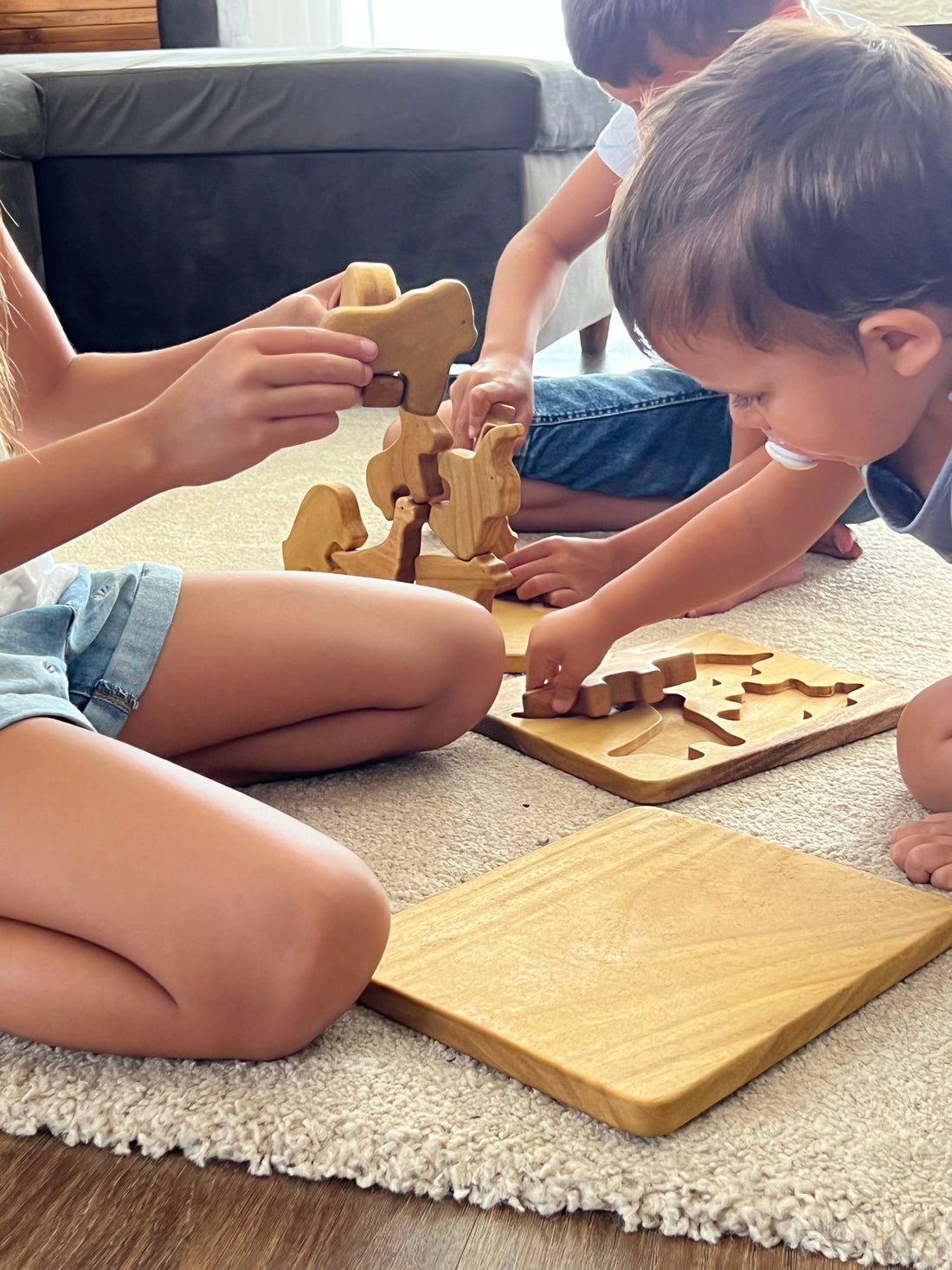The Timeless Appeal of Wooden Toys
Traditionally, wooden toys have been a staple in children's playrooms. Not only do they provide a tactile and environmentally friendly alternative to plastic toys, but their simplistic design also encourages imaginative play. Within this broad category, wooden animal toys have held a particular charm for children and collectors alike. In this article, we delve deep into this fascinating world, exploring the various aspects that make these toys so enduringly popular.
The Artistry and Craftsmanship Behind Wooden Animal Toys
In many cultures, crafting wooden toys is a time-honored tradition. In Europe, for instance, artisans in regions like the Erzgebirge in Germany have been handcrafting wooden toys for centuries. Similarly, in India and Japan, traditional wooden toy making is an art form passed down through generations.
Craftsmen and craftswomen, through their meticulous attention to detail, create lifelike representations of animals, each unique piece reflecting the passion and dedication behind its creation. Moreover, the organic textures, grains, and colors of the wood used often enhance the toy's realism, bringing a distinct character to each figure.
Benefits: Why Wooden Animal Toys Triumph Over Others
Eco-friendliness and Sustainability: Firstly and importantly, wooden toys are biodegradable and often made from sustainably sourced wood. This means that, in comparison to plastic counterparts, they leave a much smaller carbon footprint.
Durability and Longevity: Furthermore, wooden toys are inherently robust. Hence, they withstand rough play and can be passed down as heirlooms, retaining their charm for generations.
Developmental Advantages: Additionally, the simplicity of wooden animal toys can be their greatest strength. Without flashy lights or electronic sounds, they encourage children to use their imagination, thereby fostering creativity.
The Magic of Animal Kingdom Representation
Animals, with their diverse shapes, colors, and behaviors, have always fascinated children. Through wooden toys, kids not only engage in imaginative play but also learn about different species, their habitats, and their characteristics.
For instance, a wooden elephant might spark a conversation about the African savannah or the importance of conservation. Similarly, a wooden hummingbird can lead to discussions about the rainforests and the intricacies of flight.
Selecting the Perfect Wooden Animal Toy: A Buyer’s Guide
Safety First: Always ensure the toy is free from sharp edges, small parts that can be a choking hazard, and non-toxic finishes.
Ethical Purchasing: Look for manufacturers who source their wood sustainably and pay fair wages to artisans.
Age Appropriateness: While wooden toys are generally durable, it's essential to choose ones suitable for a child's age to ensure a fulfilling play experience.
The Everlasting Charm of Wooden Creatures
In conclusion, wooden animal toys stand out not just as playthings but as pieces of art, embodying craftsmanship, tradition, and nature's beauty. Their ability to merge play with education, imagination with realism, and artistry with function makes them a precious addition to any toy collection.
